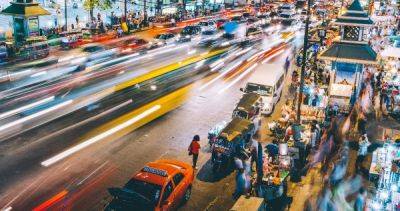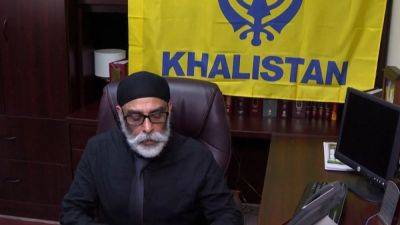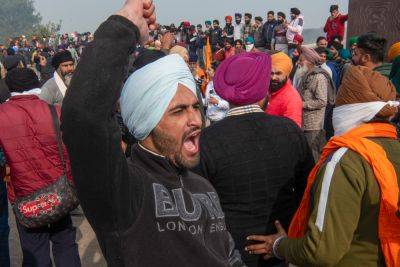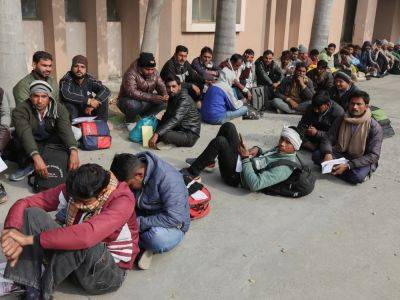Can Pakistan’s election bring political stability, and improve ties with India, despite a ‘polycrisis at home’?
The elections come after a brief campaign marred by the military’s efforts to prevent jailed ex-prime minister Imran Khan from regaining power.
Despite his imprisonment on controversial charges, Khan’s Pakistan Tehreek-e-Insaf (PTI) party is expected to give front runner the Pakistan Muslim League-Nawaz (PML-N) party a run for its money.
But the consensus among poll watchers is that no single party will win a majority in the National Assembly on February 8.
The Pakistani establishment “has tended to prefer coalitions and if, as is being reported, it is managing these elections like before, we may yet see another coalition emerge from these elections,” said Husain Haqqani, a former Pakistani ambassador who is currently a senior fellow at the Anwar Gargash Diplomatic Academy in Abu Dhabi.
More than 128 million Pakistanis are eligible to cast ballots for candidates contesting elections for the National Assembly and one of the country’s four provincial assemblies.
However, the overall result will hinge on the outcome of the elections in eastern Punjab province, which is home to slightly more than half the country’s population and a matching number of National Assembly seats.
Punjab is also Khan’s home province, as well Nawaz Sharif – another former prime minister, and the leading recruitment ground for the military.
“Pakistan suffers from majoritarian tyranny in the sense that out of the total four of the federating units, one federating unit is population wise bigger than the other three,” said former senator Afrasiab Khattak.
“So the party that wins Punjab forms the government at the federal level.”
This has forced its candidates to contest the general election as independents, each assigned a different symbol, making it difficult







